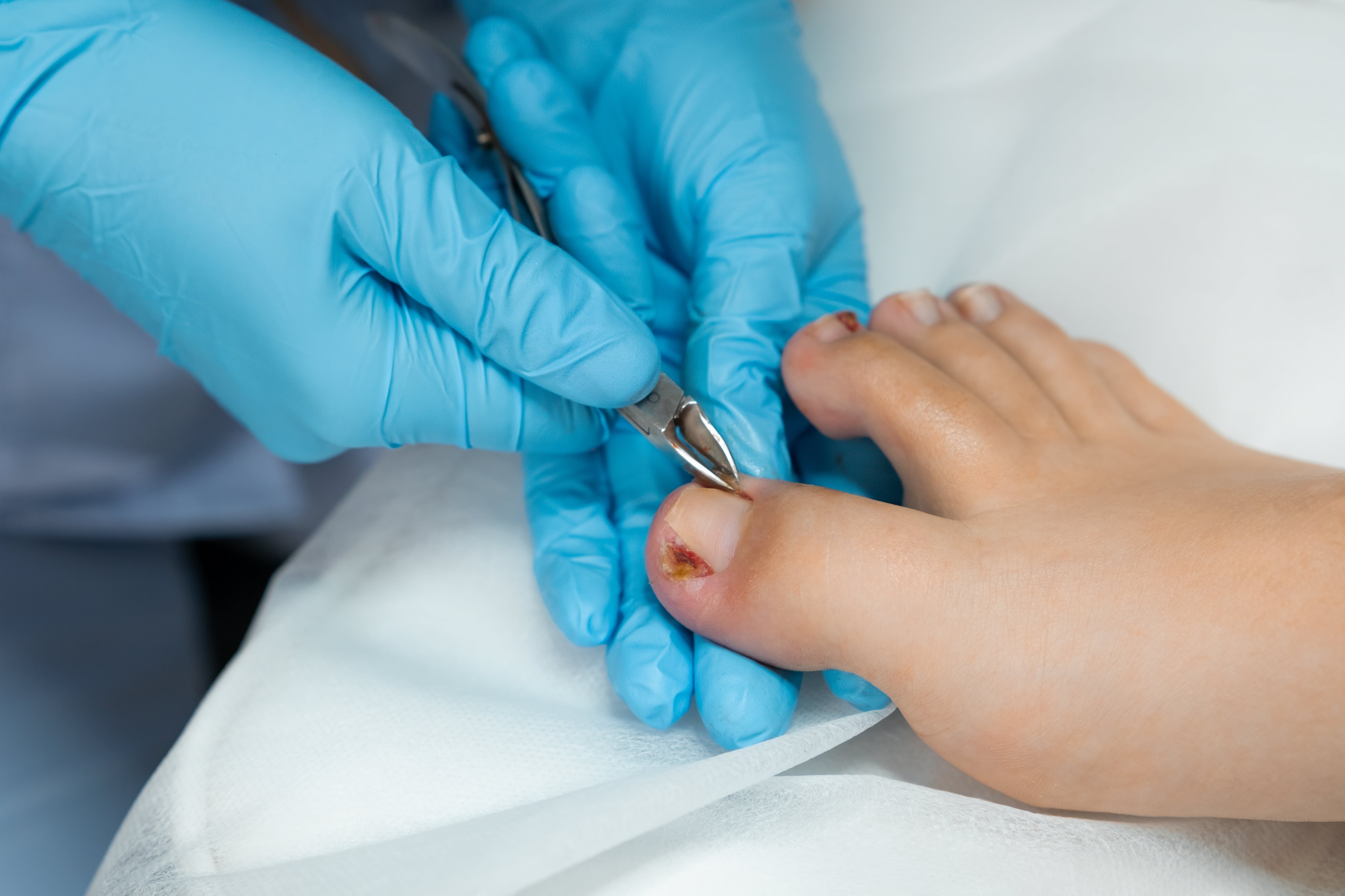Nail Fungus Removal: Effective Treatments That Really Work

Dealing with toenail fungus can be frustrating, uncomfortable, and sometimes embarrassing. Also known as onychomycosis or a fungal nail infection, this condition affects millions of people worldwide. The infection often starts small—just a bit of discoloration or thickening of the affected nail—but without proper care, it can spread, cause pain, and make daily activities difficult.
Fortunately, there are several nail fungus removal treatments available today that really work. From topical antifungal medications and oral antifungal pills to advanced laser treatment options, patients now have access to effective solutions for restoring clear, healthy nails.
If you’re struggling with toenail fungus, this guide will walk you through what causes fungal nail infections, the most reliable treatment options, and how to prevent them from coming back.
Understanding Nail Fungus
Nail fungus is caused by fungal organisms that thrive in warm, moist environments such as locker rooms, nail salons, and inside sweaty shoes. The condition often begins when fungi enter through small cracks in the nail bed, an ingrown toenail, or a nail injury. Over time, the infected nail may become thick, brittle, yellow, or crumbly.
Some common risk factors include:
- Walking barefoot in locker rooms or public showers without shower shoes
- A history of athlete’s foot
- Having a weakened immune system
- Underlying health conditions such as liver disease or diabetes
- Frequenting nail salons with poor hygiene practices
The American Podiatric Medical Association (APMA) notes that untreated fungal growth can eventually spread to other nails, the skin beneath, or even surrounding toes. That’s why timely toenail fungus treatment is essential.
Symptoms of a Fungal Nail Infection
Identifying early signs can make treating nail fungus easier. Look out for:
- Discoloration (yellow, white, or brown nails)
- Thickened or distorted affected toenail
- Crumbly, brittle nail edges
- Foul odor from the infected nail
- Pain or discomfort when wearing shoes
- Detachment of the diseased nail from the nail bed
If you notice these symptoms, consult a primary care provider or foot doctor for a proper diagnosis and treatment plan.
Nail Fungus Removal Treatments That Work
When it comes to fungus treatment, there is no single approach that works for everyone. The right option depends on the severity of the infection, your overall health, and how many nails are affected. Below are the most common and effective nail fungus removal treatments.
1. Topical Antifungal Treatments
Mild fungal infections can often be addressed with topical medication, such as:
- Antifungal nail polish or medicated nail polish (applied like regular polish to penetrate the nail)
- Topical treatment creams and urea cream that help soften and treat thickened nails
- Colorless nail polish infused with antifungal properties for discreet daily use
While these options are easy to apply, they may not always reach deep into the nail bed. For best results, combine them with other toenail fungus treatments as directed by your healthcare provider.
2. Oral Antifungal Medications
For more stubborn infections, oral antifungal medication may be prescribed. Drugs like terbinafine or itraconazole work from within to kill the fungus.
Benefits:
- Higher cure rates than topical solutions
- Effective against widespread fungal growth
However, oral medications come with potential side effects, especially for patients with liver disease. Your doctor will likely perform a blood test before starting treatment.
3. Laser Treatment for Nail Fungus
One of the most advanced solutions is laser treatment. This FDA-approved therapy targets the fungus beneath the nail with focused light energy, destroying it without harming surrounding tissue.
Advantages of laser therapy:
- Non-invasive and virtually painless
- No downtime—patients can walk out wearing shoes
- Helps restore a healthy nail as it grows out
Laser treatment is especially helpful for patients who cannot tolerate oral antifungal pills or have not responded to prescription topical antifungal treatments.
4. Nail Removal
In severe cases where the infected toenail is extremely thick or painful, your doctor may recommend nail removal. This can be done temporarily, allowing a new nail to grow back, or permanently in rare cases.
After nail removal, antifungal treatments may be applied directly to the skin beneath for better results.
5. Home Remedies and Natural Treatments
While medical treatments are most effective, some people turn to home remedies and natural remedies such as:
- Tea tree oil for its antifungal properties
- Rubbing alcohol to disinfect and dry out fungus
- Keeping nails trimmed and clean
- Using nail clippers exclusively for infected nails to avoid spreading
Although these may provide relief, they are not always strong enough to cure nail fungus fully. They are best used alongside a professional treatment plan.
Preventing Toenail Fungus
Prevention is just as important as treatment. Here are practical ways to reduce the risk of another fungal nail infection:
- Always wear shower shoes in public locker rooms and showers
- Keep nails trimmed and clean
- Disinfect nail clippers after each use
- Avoid sharing shoes, socks, or towels
- Use antifungal nail polish or spray if you’re prone to infection
- Change socks regularly and wear breathable shoes
- Avoid long-term use of artificial nails or nail polish if you are prone to infections
When to See a Doctor
You should seek medical advice if:
- The affected nail becomes painful or severely thickened
- Multiple toenails are infected
- You have diabetes or a weakened immune system
- Previous other treatments or home remedies have failed
A healthcare professional can help determine the best approach—whether it’s oral antifungal medication, laser treatment, or a combination of therapies.
Final Thoughts
Nail fungus may be stubborn, but with today’s advanced options—from topical antifungal treatments to laser therapy—you can restore your nails to a healthier state. Remember, early detection and consistency with your treatment plan are key to achieving clear, strong nails.
For expert care and proven solutions, visit Ardmore Aesthetic Solutions. Their team specializes in safe and effective nail fungus removal treatments that really work.

.png)